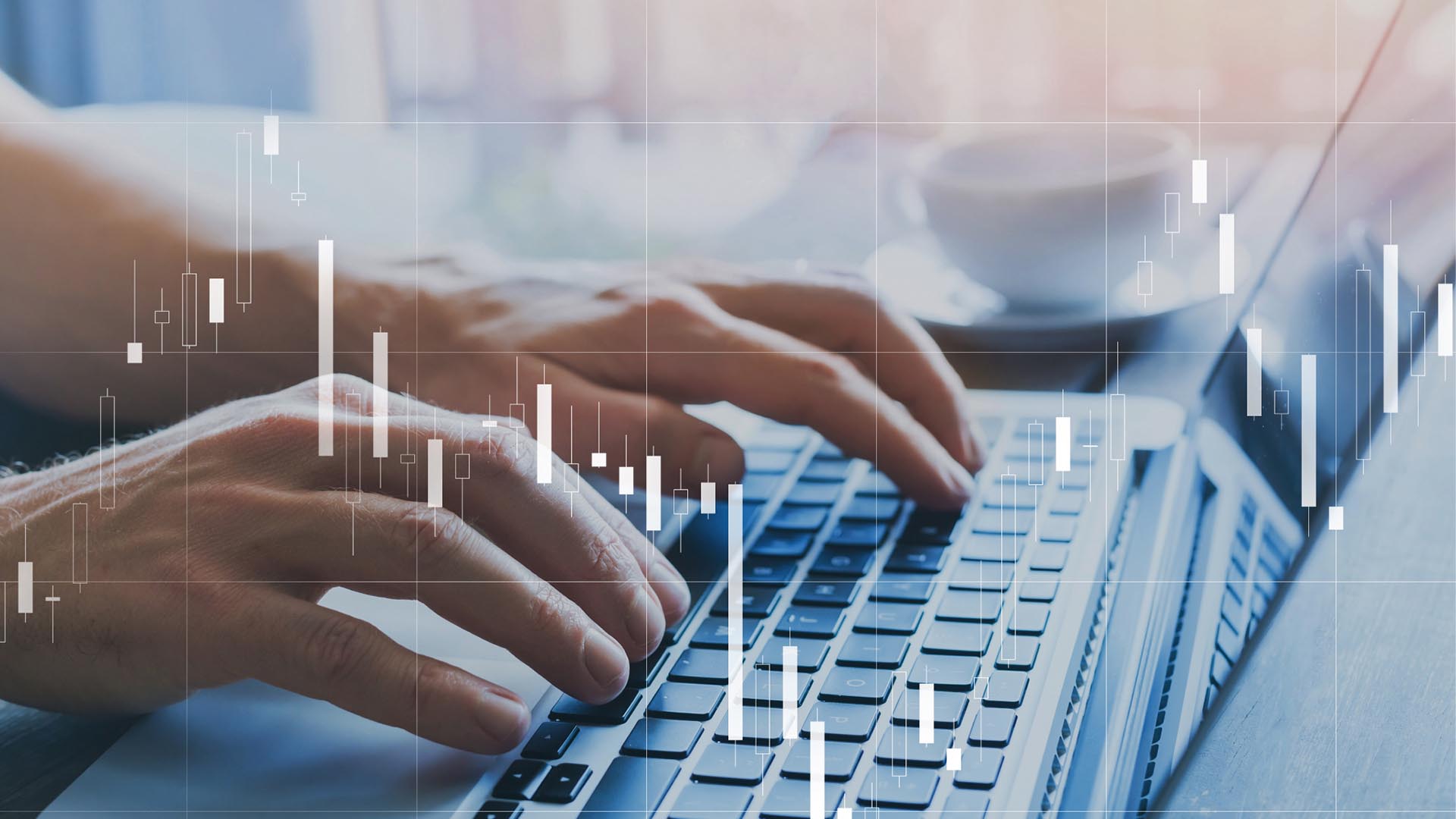Transforming freight with Fintech

The world of shipping and cargo has long been considered as a traditional industry.
For many years there has been talk about modernization and transformation, but progress has been slow – until now.
The onset of global digitalization has already revolutionized the nature of moving freight through data sharing, transparency, and tracking.
However, the rise of Fintech is proving to be the real game-changer.
Global investment in Fintech has been growing in recent years and reflects the accelerating pace of technological development across many different industries, resulting in changing customer expectations and paving the way for further innovation.
Most of us already take much of this disruptive technology for granted in our daily lives through ordering our shopping online or using an Apple watch to pay for a round of drinks
So, why should it be any different for the shipping and cargo industry?
PayCargo was launched in 2009 as a B2B solution to simplify the payment process for faster cargo movements and to align the supply chain with the ongoing digitization of financial services.
We saw a need for carriers and shippers to quickly settle transactions to move cargo faster, and, with continued growth in the e-commerce sector, that need will become an even greater priority as we move into the next decade.
This is an exciting time of change and online B2B payment solutions are a prime example of how developments within Fintech are helping to futureproof the shipping and cargo industry.
For example, end-to-end encryption is providing a secure environment for international transactions, and the use of APIs is allowing for the seamless integration of payment software within existing online systems.
Put simply, the merger of Fintech with shipping and cargo has created an online payment space for moving money and vital remittance information between payers and vendors, resulting in a streamlined approach to moving goods around the world.
Fintech is no longer the next big thing for shipping and cargo, it is already here, and it’s time to embrace it.
